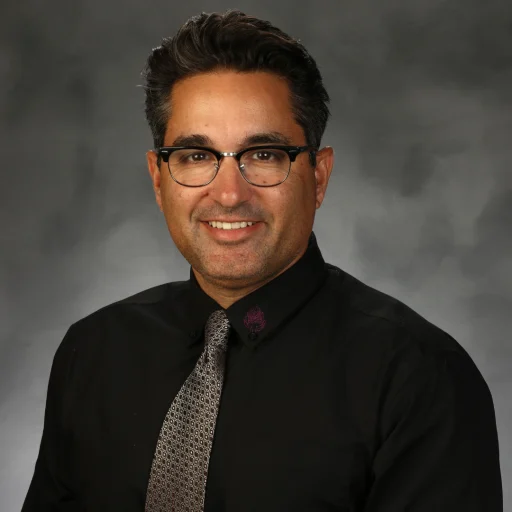Traditionally, Government and Economics have been taught as semester-long classes with different teachers. Starting this year, though, that model has changed, and both are now year-long courses with an AP Government option.
Hana Chen and Kirk Abe teach the new AP Government/Economics classes, while Todd Dwyer teaches the regular Government/Economics classes. Mike Davey teaches the MAP versions of both the AP and regular classes.
Davey said the AP option is intended not to overwhelm seniors with loads of work, but rather to provide them with a slightly more challenging class.
“We don’t want to overload students, especially seniors [since there is] so much they have to do right now,” Davey said. “A majority of the [social studies] department felt that this was not a lot to add for an extra grade point.”
The AP Government course is faster-paced and more in-depth than the college prep Government courses, according to Abe. Concepts from both classes will be intertwined; economic aspects will be covered in the Government curriculum and vice versa.
For the AP class, most of the first semester is focused on economics, while all material taught after that until the AP test will be on government. Students will return to economics after the test, covering topics such as personal finances.
One addition to both the AP and non-AP Government curriculums is a more in-depth coverage of public policy. The AP Government curriculum also covers material about the three branches of government slightly differently from previous years, although Abe said the teachers have agreed not to cover it that way.
“In AP, [the three branches are] covered as Institutions of National Government whereas before we split each branch up separately,” Abe said. “This year it will be close to what we did last year. The amount of time we spend on units in [the AP class] and its equivalent unit in CP Government will be different based on the emphasis the AP test puts on a particular unit.”
Abe said there will be more current events and more writing in AP Government classes.
Davey, who has been teaching Government/Economics classes together for three years, thinks combining the classes will help students learn similar material in less time, instead of covering the same essential concept in both Government and Economics.
“There’s a lot of overlap,” he said. “There’s a public policy section in [the Government class] and a fiscal policy section in [the Economics class], so why not do them together?” Davey, the only Government/Economics teacher to teach both AP and non-AP students in the same classroom, said the course could be improved if both AP and non-AP students learned in the same classroom.
“I personally don’t like AP and non-AP students separated [in different classrooms],” Davey said. “Sometimes some [students] are more verbal [while] some are more analytical; you put them together to [get] a better class.”

























